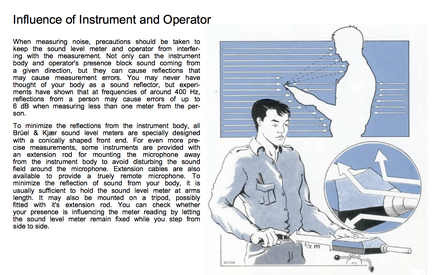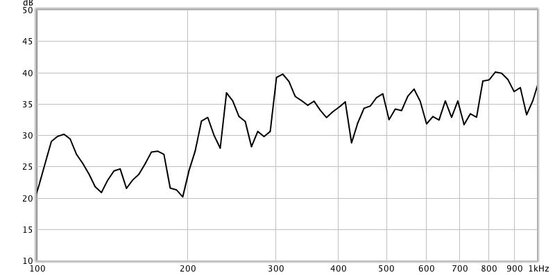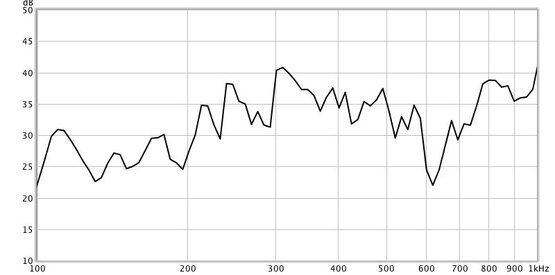John Mulcahy
REW Author
Thread Starter
- Joined
- Apr 3, 2017
- Posts
- 9,061
You have to set up the interface so there is no monitoring, the input must not be mixed back into the output. The only signal going to the output should be from REW.During the check level test, I am not able to have the input meter read -18 dbFS without getting feedback

















